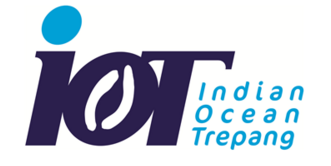Despite the ongoing plunder of the world’s sea cucumbers, the U.S. seems set on barring inspections of their exports.
Sea cucumbers aren’t cucumbers at all. But they share one thing with their terrestrial namesake: You can eat them.
That’s why a study released online on February 19 is disturbing. It shows that demand in China for these soft-bodied, bottom-dwelling marine animals related to sea urchins and starfish—a group known as echinoderms—isn’t declining, as some supposed, but continues to rise.
And that’s bad news for ocean habitats: As garbage collectors and nutrient recyclers, sea cucumbers play a critical role in keeping coral reef and other tropical ocean ecosystems healthy. Their digestive processes may even help buffer dying corals against ocean acidification.
Just a few decades ago the tubular creatures, which vary in length from about nine inches to more than six feet and sport a dizzying array of patterns and protuberances on their leathery hides, carpeted the ocean floor in tropical regions. But the 70-plus species of commercially valuable sea cucumbers are now being fished out of sea after sea to meet demand in an increasingly affluent China.
For the full story, read National Geographic.



